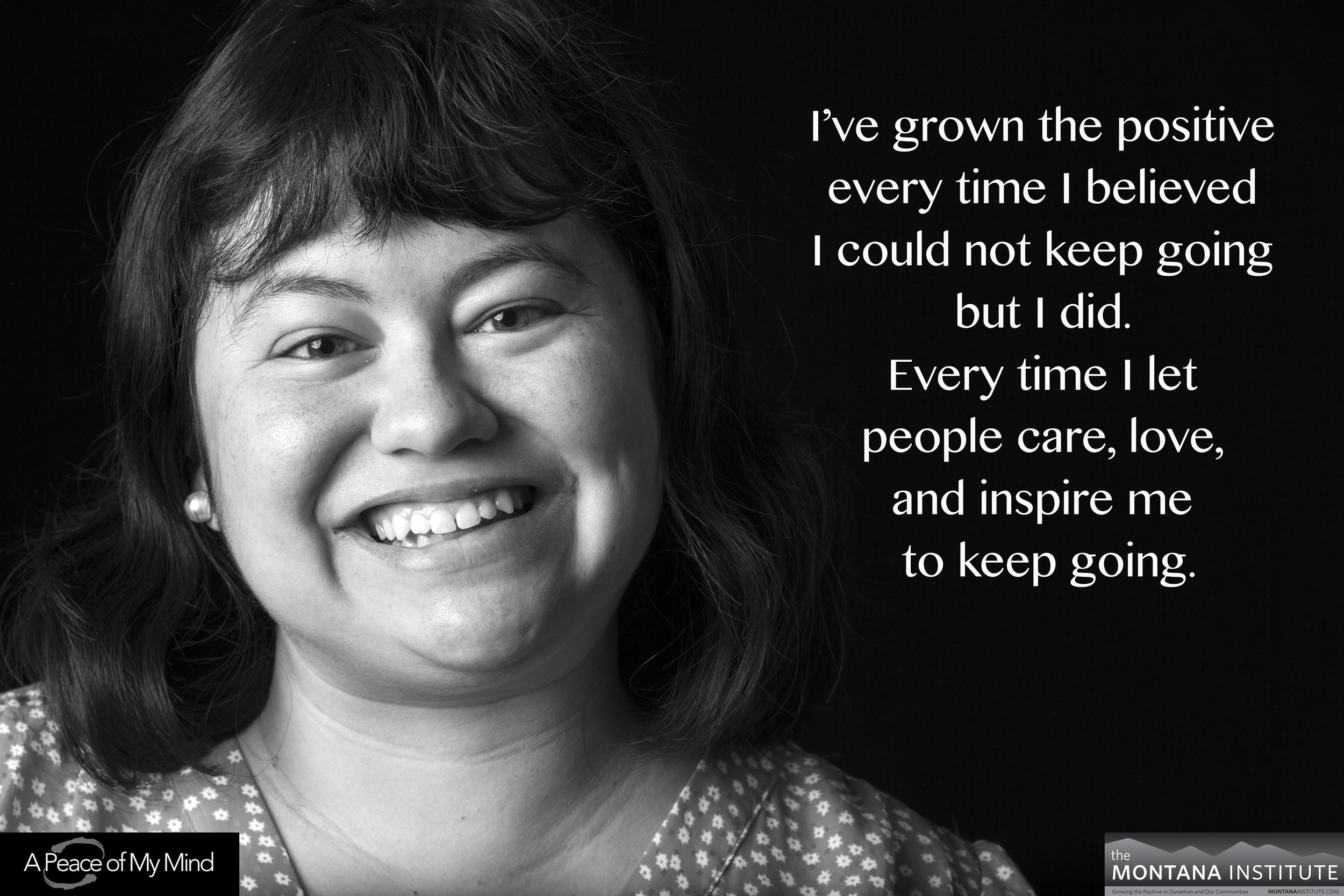Guest Post: The Science of the Positive in a Negative World
/We’re proud to post this article written by our friends and colleagues from the Tri-Town Council in Topsfield, Massachusetts. We’ve been lucky enough to host them at our annual Montana Summer Institute in Big Sky, and we had the pleasure of working with their community and staff on their turf in November, 2018. Read on for their take on how the Science of the Positive guides their work.
The big question: How to stay positive?
Given the 24-hour news cycle, the relentless nature of our social media feeds, and access to information whenever, wherever and however we want it, it can often feel like we live in a frightening world, where dangers and problems seem overwhelming, particularly when focusing on the issues and risks that our youth are faced with daily. Here at the Tri-Town Council, we are guided by the science of the positive.
That sounds good, but what does that actually mean? It means that you can change the lens through which you view the world, and while acknowledging and addressing the concerns, grow the positive by first recognizing where it exists and then, with intention, growing it. How? By shining a light on all the good, positive behaviors that exist en masse in any community. Based upon this core assumption, that the positive is real and worth growing and fostering, in ourselves, our families, workplaces and our communities, it allows us to strengthen “protective factors” and grow the positive that already exists.
Sounds like social-work jargon - How does it relate to keeping kids safe?
The term “protective factors” may sound like something out of a “Law & Order” re-run, but it’s much more concrete. Protective factors for our youth are many things that may already exist, such as caring adults, strong families, mentoring teachers, clear boundaries, safe, healthy communities, a sense of belonging and community connections. TTC aims to strengthen and enhance these protective factors through our varied programming.
Half empty, or half full?
It’s easy to make sweeping assumptions about youth and spread the negative; simply listen at the lacrosse field when a concerned parent may proclaim, “Every kid in the 8th grade is vaping!” Yet the truth is that the vast majority of our youth are not vaping (the 2018 Monitoring the Future Survey indicated 82 percent are not using) and are are making healthy choices.
Are we concerned that vaping rates are on the rise? Yes.
Are we concerned that youth are at risk if they engage in this behavior? Absolutely.
Do we need to educate ourselves and kids about the health risks of vaping? Absolutely.
As parents, caring adults. and communities that care deeply about the health and well-being of youth, we absolutely are concerned about youth vaping. Is everyone doing it? No. Do we need to promote the healthy norm that most kids do not vape among ourselves, our kids and our community? Absolutely.
What difference does it make? By highlighting the positive norm, we are encouraging, and in turn, promoting, the healthy behavior. It may sound simplistic, a sort of childish “turn that frown upside down” mindset, but research unequivocally shows that highlighting the positive works! Scare tactics are not as effective as highlighting the positive and our youth will model their behaviors on the positive.
Read the article in its original location here.




